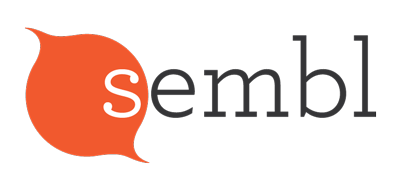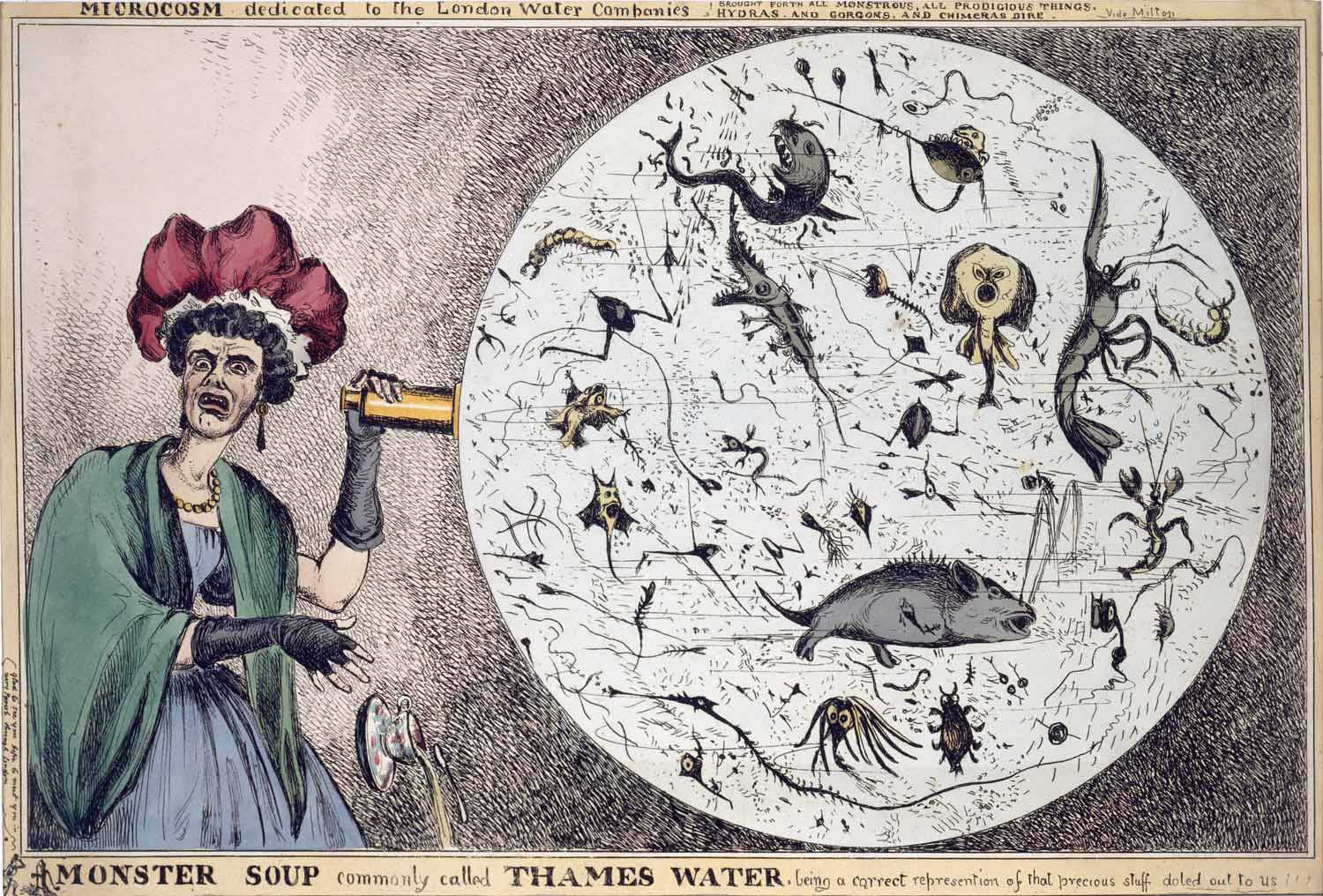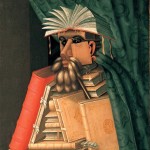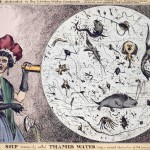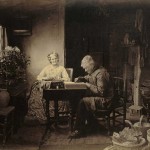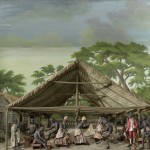On access and use –> cultural material and Sembl
A sample of images already in the Sembl system, and some notes on openness, of both cultural heritage material and of Sembl.
- Walters Art Museum / Stanford
- Wikimedia
- Wellcome Library, London
- Getty Open Content Program
- Rijksmuseum
- Danish National Gallery
- State Library of Victoria
- Te Papa Tongarewa
- Los Angeles County Museum of Art
In selecting seed material for Sembl, I look in collections that are:
- openly licensed and
- available to download in high-resolution
with a preference for those that also provide:
- a persistent identifier – to link back from Sembl to the source image, and
- plenty of context – date, place, a description and notes on its significance
I choose images that appeal to me but I also seek out material that matches up with keywords – of people, places, events and concepts – extracted from the Australian Curriculum for History and Geography.
So far there are about 800 images in Sembl. Collections I have tapped are:
- State Library of Victoria (125) – photographs of colonial Victoria, product labels and other illustrations collected as part of the copyrighting process
- Getty Institute open content program (142) – objects, paintings, drawings and sculptures, photographs, botanical illustrations, Greek and Roman material
- National Gallery of Denmark (17) – mostly paintings
- Rijksmuseum (105) – artworks, photographs, objects, a 1635 map showing the edge of Australia, diverse other material
- Walters Art Museum via Stanford University (26) – illustrations from medieval manuscripts
- Wellcome Library, London (159) – World War I photographs, extraordinary illustrations and paintings on health-related topics, John Thomson photographs of 19th-century China, amazing maps, lithographs and engravings
- Wikimedia (3) – two Arcimboldo paintings and Rodin’s The Thinker
- Te Papa Tongarewa Collections Online (52) – World War I photographs, landscape photography and art, some Europen art
- Los Angeles County Museum of Art (119) – Asian art and objects, portraits
No doubt, there is plenty more material available that could be in Sembl. Here are some that I have my eye on:
- material from the Biodiversity Heritage Library – eg Ernst Haeckel illustrations of microscopic organisms – as per the header of this blog
- Paul Gervais’ 1844 Atlas of Zoology
- much, much more from Wikimedia
- more from Te Papa Tongarewa – the number of available images grows steadily
- the Library of Congress
As soon as the games themselves are available (and that will be soon!) the process of selecting material to include in games will also be open. Game hosts and players will be able to upload their own material in advance or as part of a game, so you really will be able to play on any subject or problem you care about. (I’m also very interested to hear of collections you would like to play with, so don’t hold back from commenting or contacting me.)
Quite wonderfully, it seems like every week another museum opens the door to a collection to share its treasure. On a dimmer note, many collections are released with a non-commercial re-use licence, which means (I presume) I would have to seek permission to use them in Sembl. Suffice it to say, I will avoid those for now and hope that repositories find a way to become completely permissive as time goes by.
In the same spirit of optimal openness, I want to share the treasure of Sembl. Here are my thoughts on Sembl as an open platform:
- It will always be free to play against random opponents or at the invitation of a game host.
- The system should work on tablets as well as desktop, and meet AA or AAA accessibility requirements.
- Standard rates for game hosting will be flexible for educators and venues who lack the resources to pay them.
- Sembl data – resemblances between collection items – will be available to source repositories to use in their own databases and interfaces.
- Ultimately, my plan is to make Sembl source code available so that the system can be adapted, refined and extended for the benefit of all patrons.
